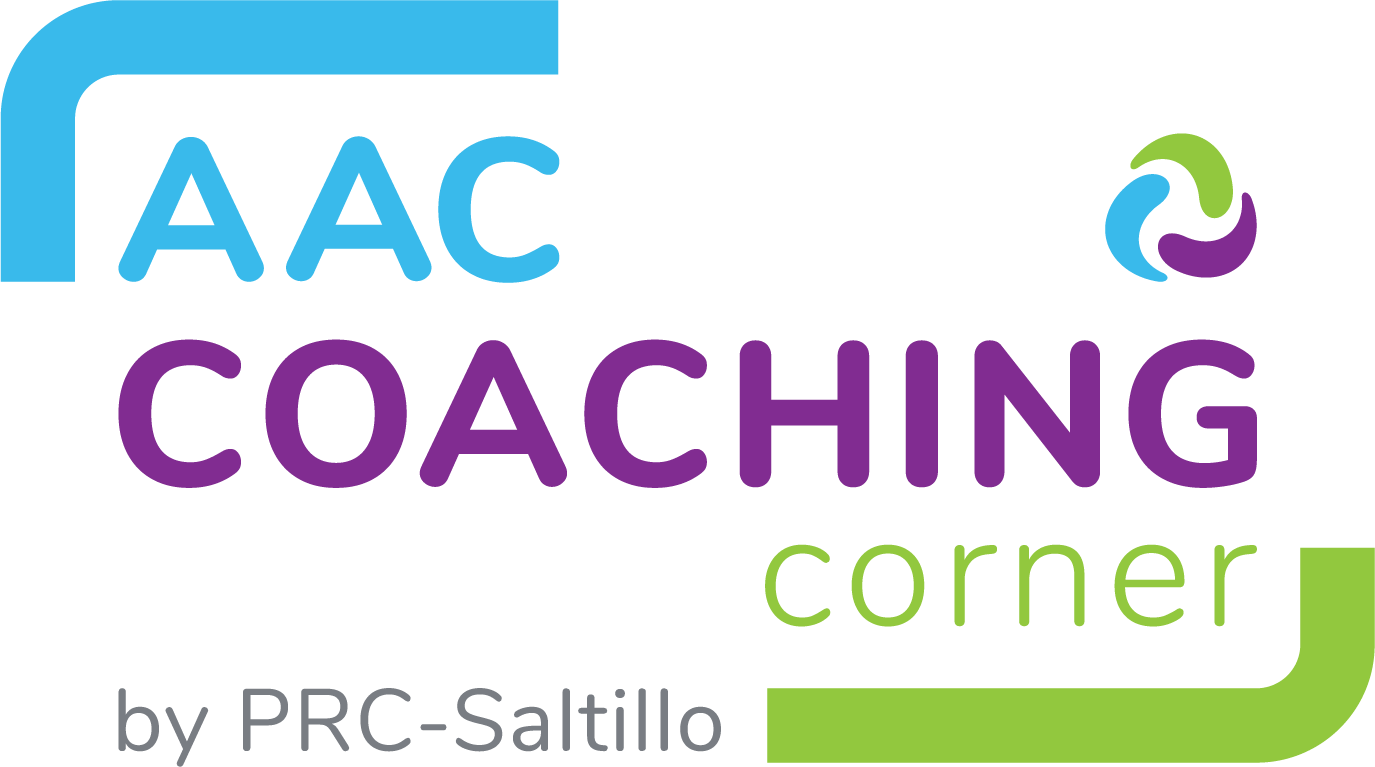
By Beth Waite-Lafever, MA-CCC/SLP-ATP
Shared reading is a strategy used to teach emergent literacy skills. It’s an interactive reading experience that helps teach students the concept of reading. It serves to build social closeness, joint attention to an experience, models of how we treat books and other early literacy skills. For my clients using AAC, I’ve found that it is also a wonderful way to teach communication using core words to comment on the story and share our insights about the characters and action.
In my private practice working with children and young adults using AAC, I have taken some of the concepts from shared reading and adapted them for purposeful video viewing. Many of these individuals have limited interests, but they almost always are motivated by videos. Combine short video clips, and core vocabulary with shared reading strategies and you get what I call “Cartoon Core”.
Initially I talk with family and staff to find out what my client is interested in watching. Often it is a popular movie or movie genre. If they are more motivated by music, then I try to find a video clip that uses the same music or type of music in the sound track. Movie trailers can be a great place to start because they are less than 3 minutes, fast-paced, and include music. These can be found on YouTube.
Favorites among my young clients include Minions, Frozen, Finding Dory, Secret Lives of Pets and Cars. Some of my older students and young adults like cartoons. We use older cartoons, such as Bugs Bunny, Tom and Jerry, and Sylvester and Tweety. One of my clients loves to watch Ellen DeGeneres dance on her talk show. Yes, you can find a video clip of Ellen dancing on YouTube. Another student loves the ET ride at Universal Studios, and we were able to find a video clip from the ET movie to use.
I use an app called Niki Play to download, edit and play video clips. By storing the video clips in Niki Play directly on my iPad, they are accessed offline. This eliminates the need for a direct Internet connection and provides students with a way to touch the picture of the video clip to select it if they are able to point. Use of this app also avoids distractions by watching it directly on YouTube. I’ve also put them on my Pinterest account on a page I call Cartoon Core. This way, we can scroll through the options without actually opening Youtube to find them.
After I let my student select the video clip, we take a “video walk” (much like a picture walk in reading). First we watch the clip straight through without use of the communication system. If the student uses the communication system to make a comment, I acknowledge it, but I prefer to have him watch the clip to gain background knowledge first. Then, we watch it again, pausing it at certain sections so that we can talk about the actions. Most cartoon characters have lots of facial expressions, making it a great way to work on feeling words. The older style cartoons have a lot of action, which offers opportunities to work on pronouns, verbs and prepositions. Aided language input is used to show clients how to comment.
Comments often heard during a cartoon core activity include phrases such as: “he put in” “he not nice” “they like it” “It go fast” “Where did it go” “that hurt” After commenting on the video clip the second time through, we move to Predictable Chart Writing. Using sentence frames about the characters, we work on fill-in-the-blank activities about the videos. For example, after viewing a cartoon clip of Tom and Jerry, we use the sentence frame “Tom can________. “Sometimes the sentence frames are about character emotions, so we use “Jerry feels ________.”
Cartoon core has become a favorite for the children through adults that I serve who speak with AAC. They are fun, fast paced, and a way to establish joint attention. I make sure that when we are watching the video I have control of the iPad, and it is only one of the activities we work on in a session. By using high-interest video clips and aided language, we are seeing more commenting and interest in writing during after-video viewing as well. An increase in commenting in general has been seen in several of these individuals. So pop some popcorn and start the movies!
There are no comments yet. Be the first to post!You must be logged in to post.
Stories and Strategies fo...















